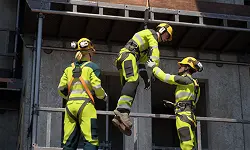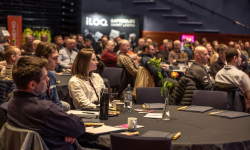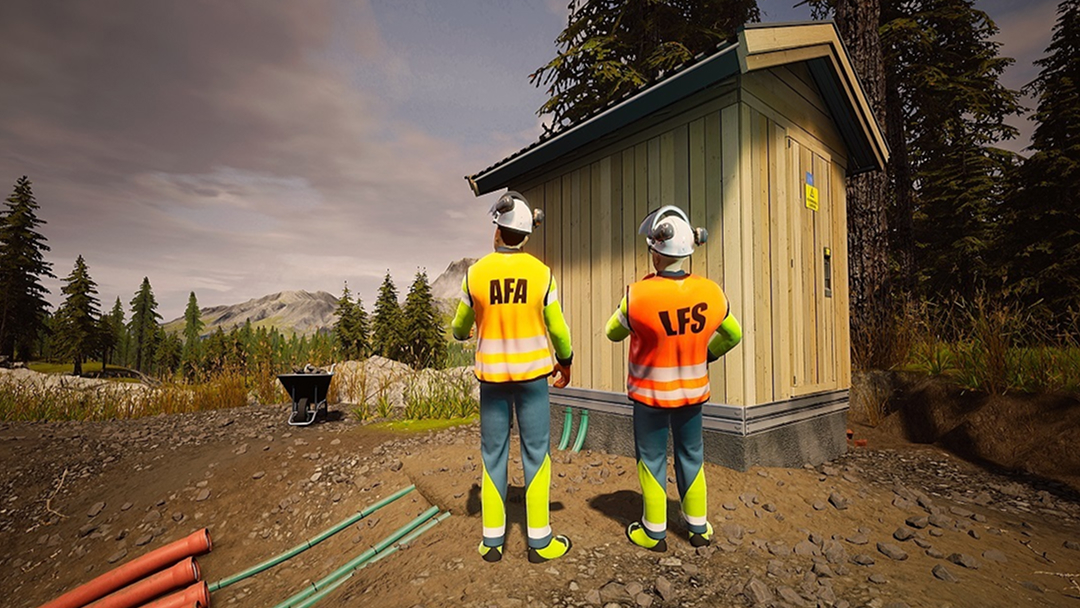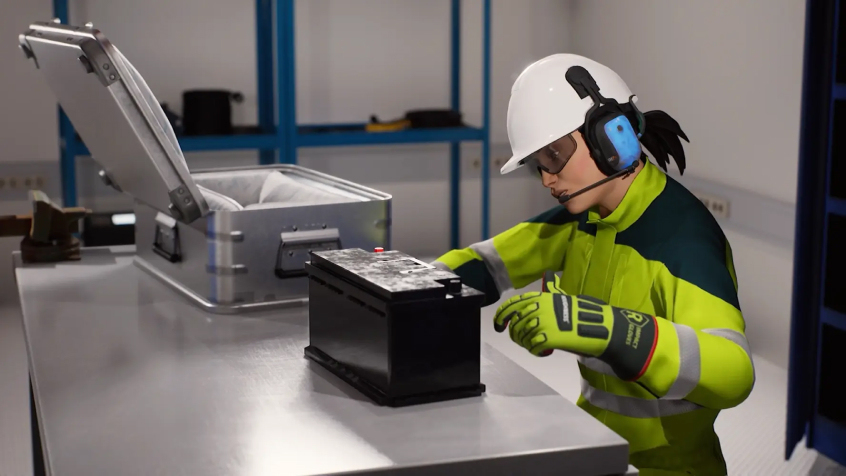Hello,
Apologies for writing in English - my Norwegian isn't good enough! Hope it's OK and thanks to anyone who takes the time to read and respond. Respond in Norwegian if you prefer and I can read with the help of google translate, and maybe improve my Norwegian.
I have a question about the wording in 'Forskrift om elektriske lavspenningsanlegg' of this section...
Ved bruk av PVC-isolert kabel med små tverrsnitt skal vern mot overbelastning velges slik at
- vernets høyeste prøvestrøm I2 ikke overstiger kabelens maksimale strømføringsevne IZ eller
- vernets høyeste prøvestrøm I2 ikke overstiger høyeste prøvestrøm som er benyttet for materiell i kretsen.
Med små tverrsnitt menes tverrsnitt opp til og med 4 mm2. (NEK 400: 433.2)
The first point is very clear - simply Iz > I2, and well covered in NEK 400. Also I've now learned about the Norwegian characteristic low I2 jordfeilautomats that 'help' to comply still with sensible cables and method A.
The second point I dont understand. My attempt to translate would be 'the rating of the material in the circuit must exceed I2'. By 'materiell' can they mean things like the socket outlets and switches, etc? If so then that seems to imply you can not make a 16A circuit with socket outlets, light switches, etc. All the CEE 7/3 'Schukos', light switches, etc I see are rated at 16A, but you would need higher (I2) on a 16A In circuit.
So I guess I interpret something wrong. Appreciated if someone can explain. :)
Thanks
 SystemerTjenester
SystemerTjenester ForumOm oss
ForumOm oss Norsk
Norsk

 Norsk
Norsk

















